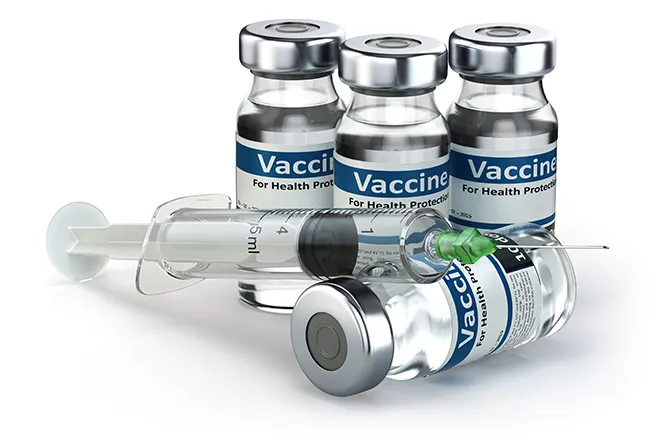
The Agriculture Secretary recently explains how a circular ag economy could provide not only financial, but social, benefits to rural America. Rod Bain reports.
PARTICIPANTS: Rod Bain and Secretary Tom Vilsack
TRANSCRIPT:
The theme of the 100th USDA Agricultural Outlook Forum was "Cultivating the Future."
That theme has also been a focal point of Agriculture Secretary Tom Vilsack's concept of a cyclical economic model for agriculture, best illustrated in what is known as his whiteboard presentation.
However, beyond the economic potential, the Secretary notes the significance of how this could improve the social connections in rural America.
It's not just about small and mid-sized producers, as important as they are.
It's not just about maintaining populations in small communities, as important as that is for rural education, for small businesses, for quality health care in rural places.
It's about making sure that we have sufficient numbers of people living in those communities that understand and appreciate and live every single day community.
He acknowledges that in several parts of our country, there is perhaps a lost sense of community.
Yet in rural America, community remains an integral part of the social fabric.
He offered an example during his Ag Outlook Forum speech to illustrate community strengthened through a value-added economic approach.
I was in Colorado recently, was talking to a farmer, and he told me that in the 1980s, his family, which is a livestock operation, had to give up the capacity to actually produce livestock, their cattle operation, because of the difficulties we experienced.
Family land, however, was retained through enrollment in USDA's Conservation Reserve Program.
When the young farmer came of age, he decided to revive the family cattle operation.
But he was smart enough to realize that he couldn't do it the way it had always been done.
He knew that he had to create a more direct connection between his cattle and his customers.
Income was generated via a local and regional food system.
The sense of community kicked in when the small local meat processor that served the Colorado farmer was set to close down.
But because of a USDA program, this farmer said, "Hey, I'll take a leap.
I'll buy that processing facility.
I'll invest in it.
I'll expand it.
Why?
Not just for my operation, but I know my neighbors depend on it.
And I now can have an opportunity to profit not just from production, but also processing.
And so can my neighbors can get a better price, a higher price, a better deal, because we're neighbors, because that's what we do."
The result of this farmer's efforts, "That small and mid-sized producer understood the value of value-added, understood the necessity of figuring out ways in which his operation, as small and mid-sized as it was, could stay in business.
He figured out multiple streams of revenue, but he did it in a way that reinforced community."
I'm Rod Bain reporting for the U.S. Department of Agriculture in Washington, D.C.








